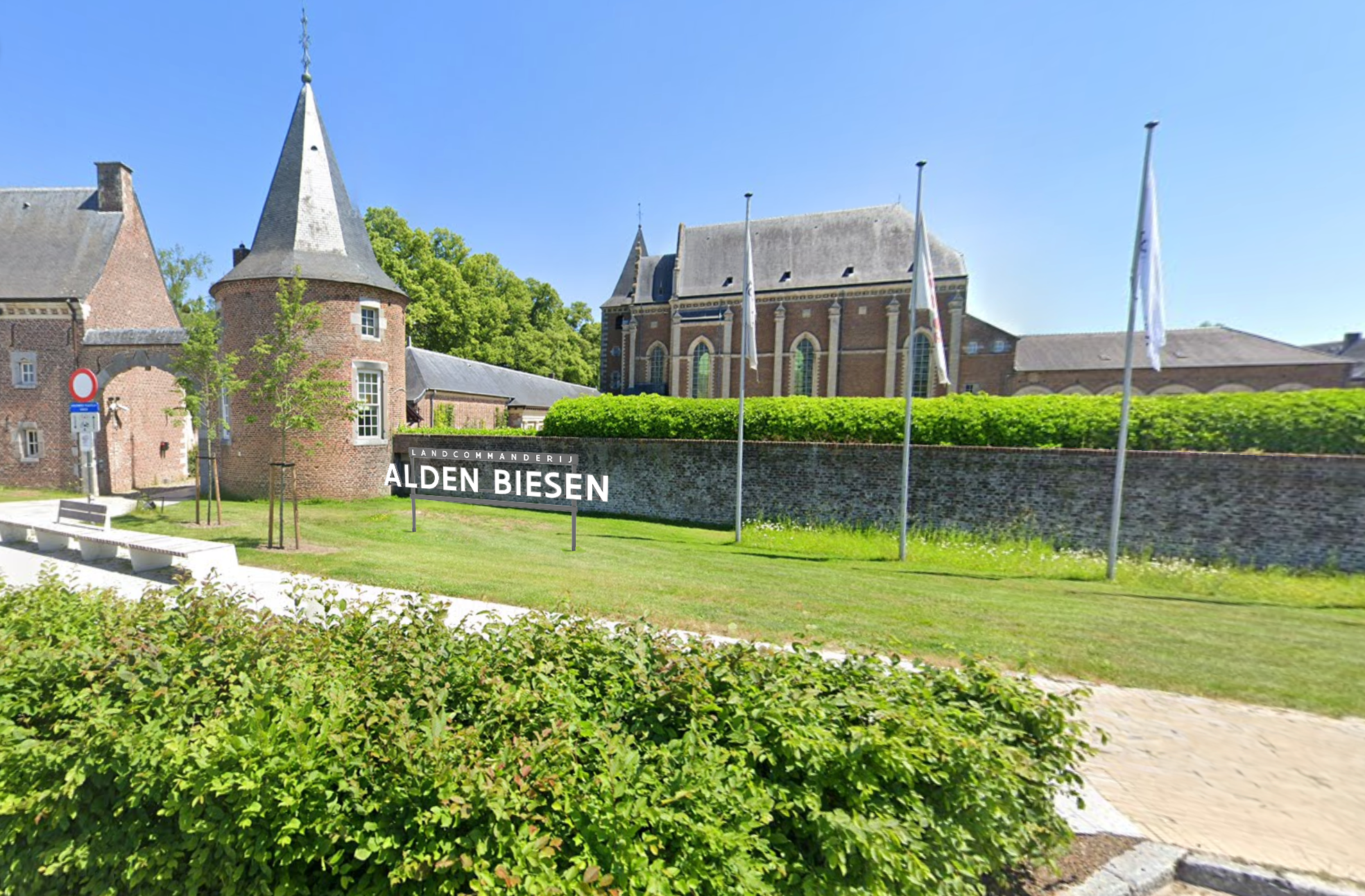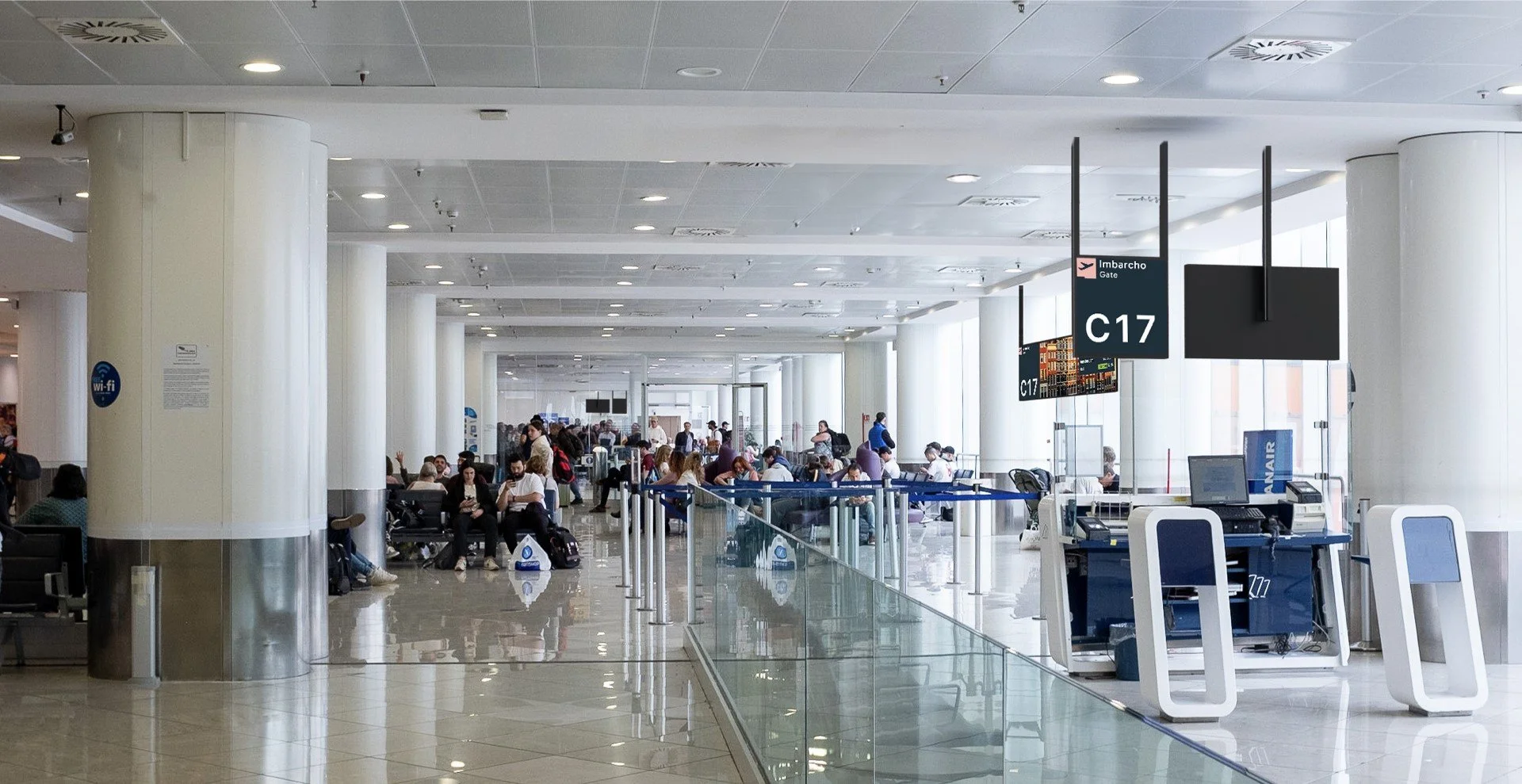Designing Travel Systems
‘Designing travel – systems’ is a combination of empathetic user-centred design practices with systemic design perspectives. This competency encompasses empathising with users’ first-person embodied experiences and understanding perception psychology when designing information systems
(US, CA). A granular understanding of what people need is coupled with knowledge about urban design practices (US), skills in designing scalable systems (CA), and a strategic attitude when approaching large, complex systems.
Designing a new waste disposal system as early as project one showed me the need for scalability when designing for large spaces. I understood how even designing small artefacts, but commonplace for large-scale deployment lets me create a large impact as a designer. My vision at the time was to be purely systemic design-oriented.
Project two showed me how visitors' perspectives of Veluwe National Park could be influenced by presenting a speculative view of the park with unchecked climate change (US). I learned to design travellers' journeys to communicate philosophical messages (CA). This project marked my first foray into graphical information design and wayfinding (CA, TR) and taught me to read land surveys and geological maps. I created a scalable database system for people's perspectives on environmental change (TR, US).
My internship taught me the importance of user psychology in navigating complex spaces, as seen in the DFW airport project (US, CA). I developed skills in information and graphic design for wayfinding systems (CA, TR). I applied research methodologies in transport contexts for the VRA (US, CA). Additionally, I learned to design user-centred, scalable systems for market implementation (BE), enhancing my ability to create effective travel solutions. This competency is vital for my vision of creating equitable, engaging travel experiences. By combining empathetic design with systemic perspectives, I ensure intuitive, scalable solutions that address complex user needs.











